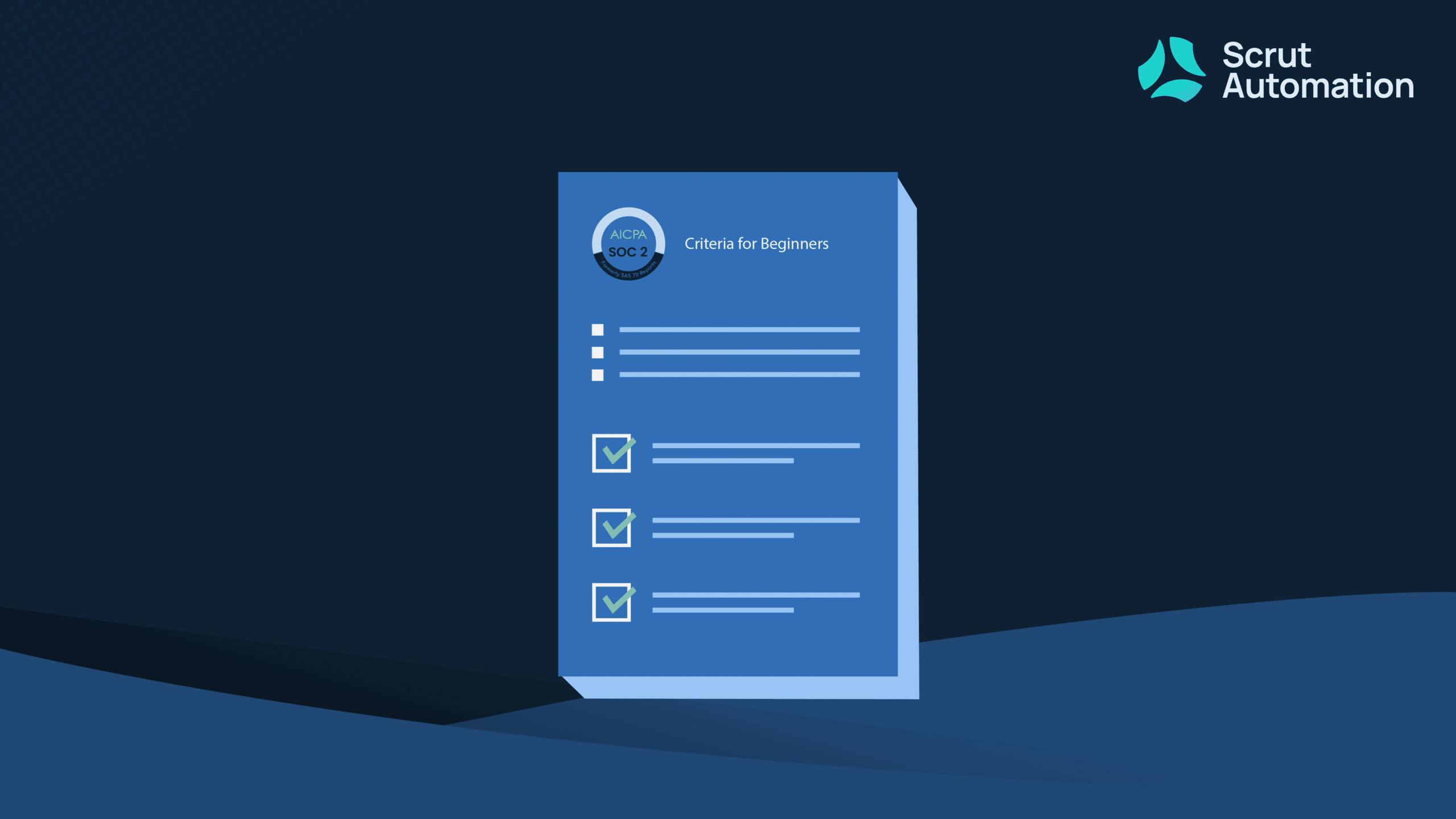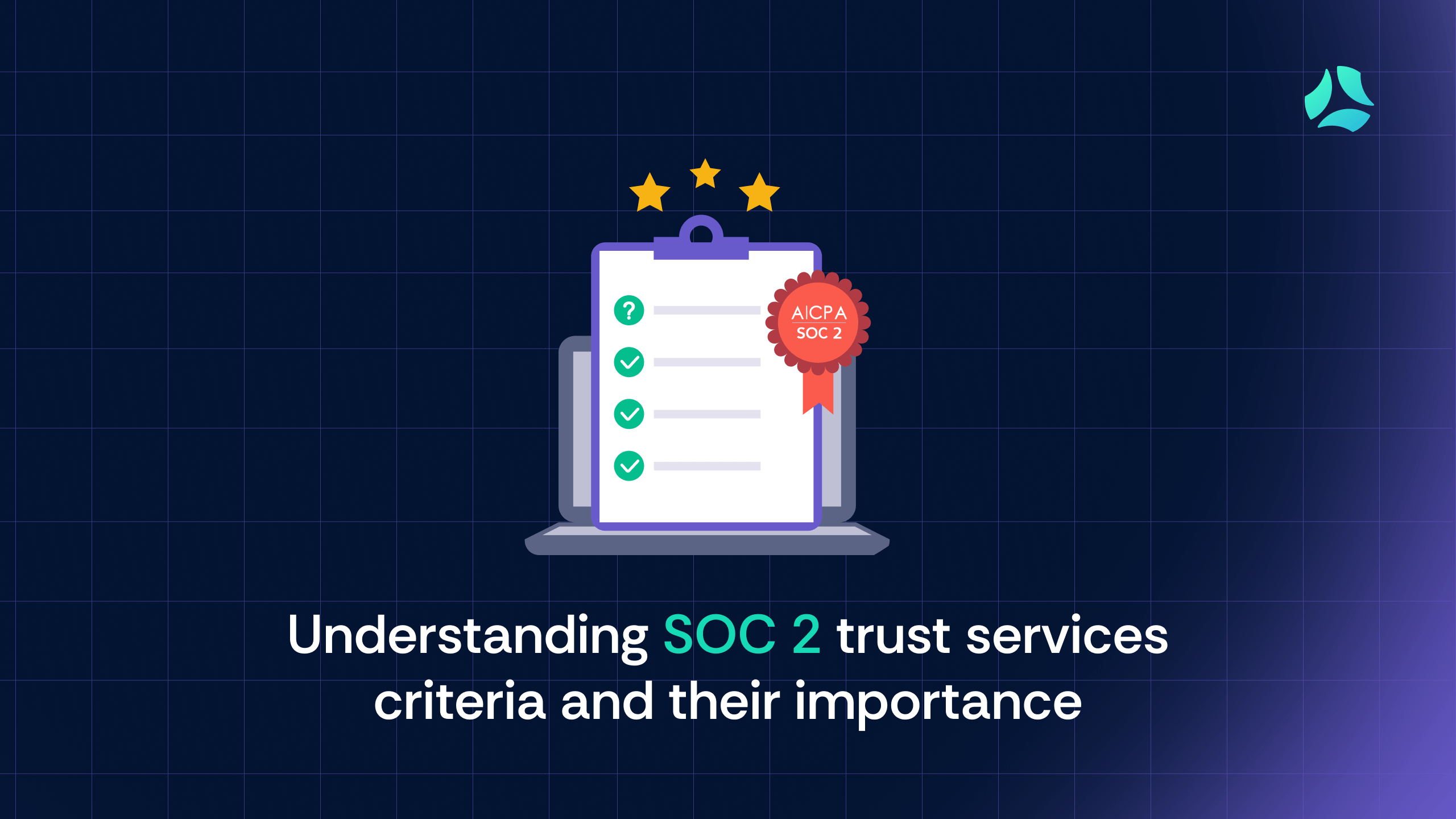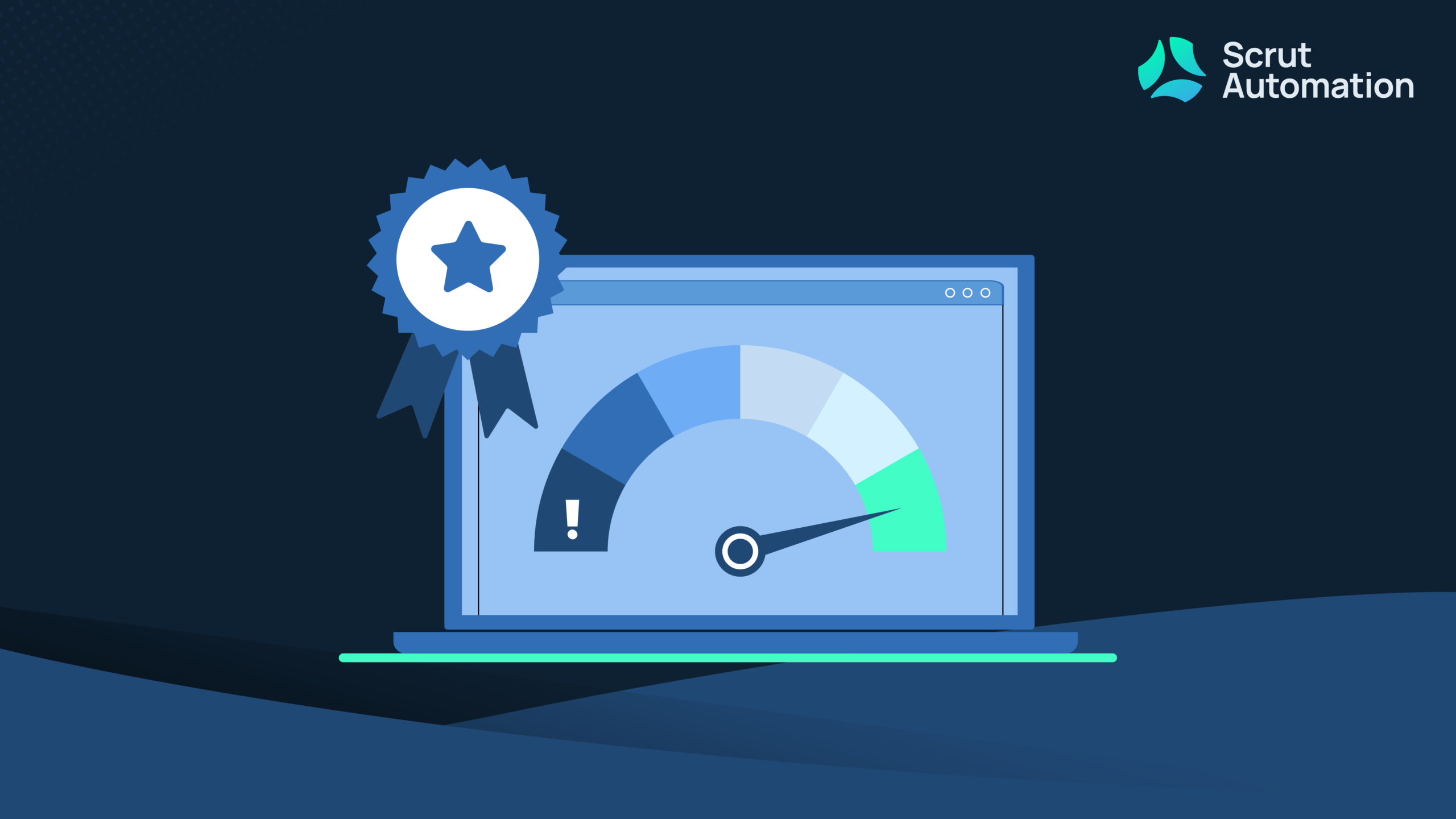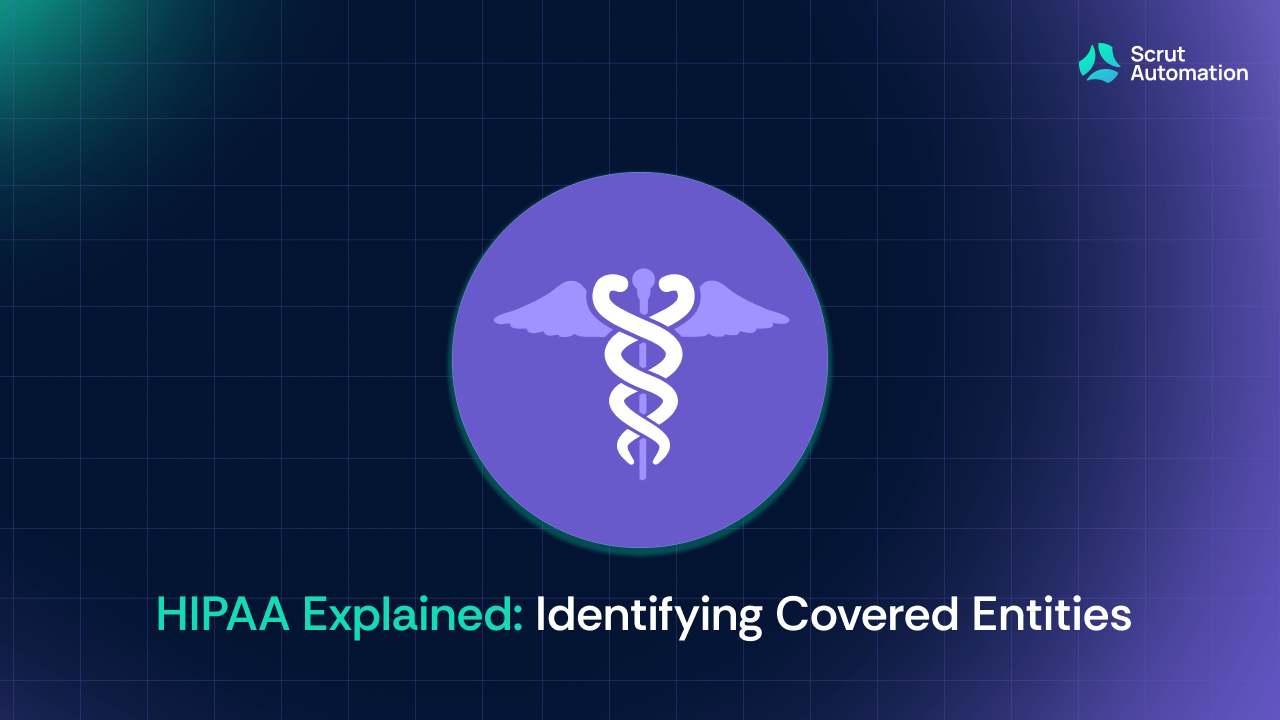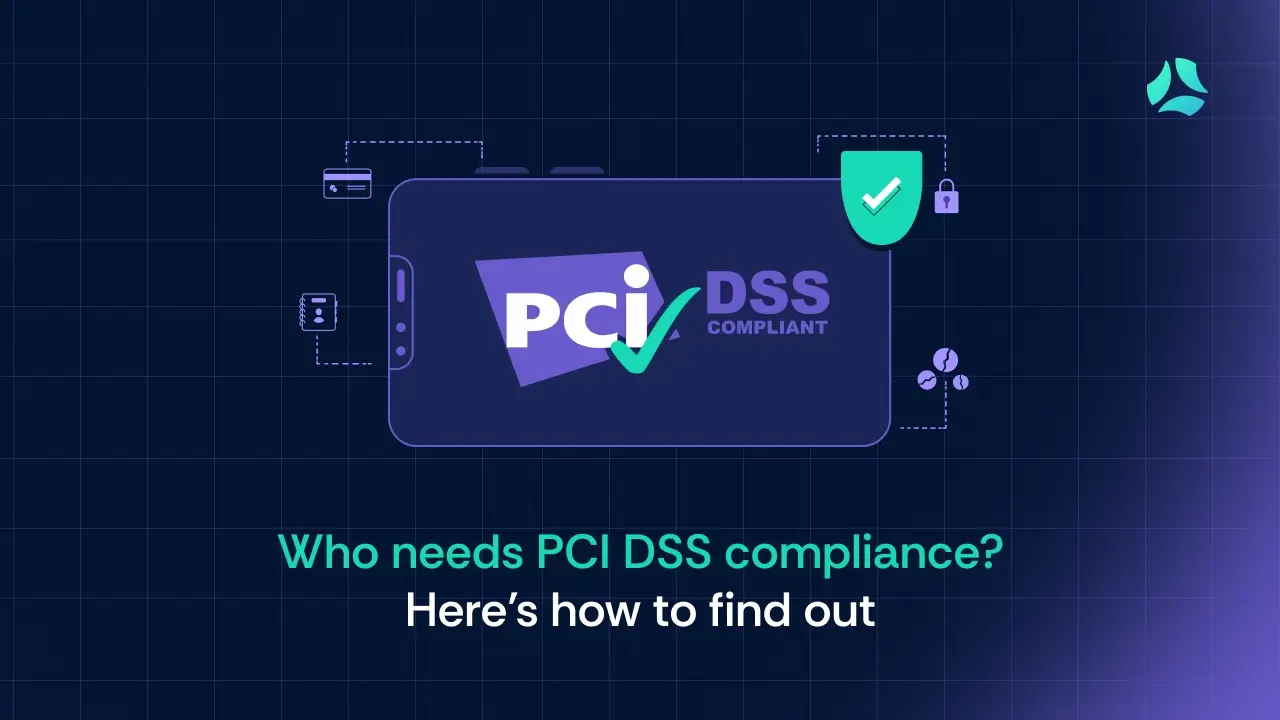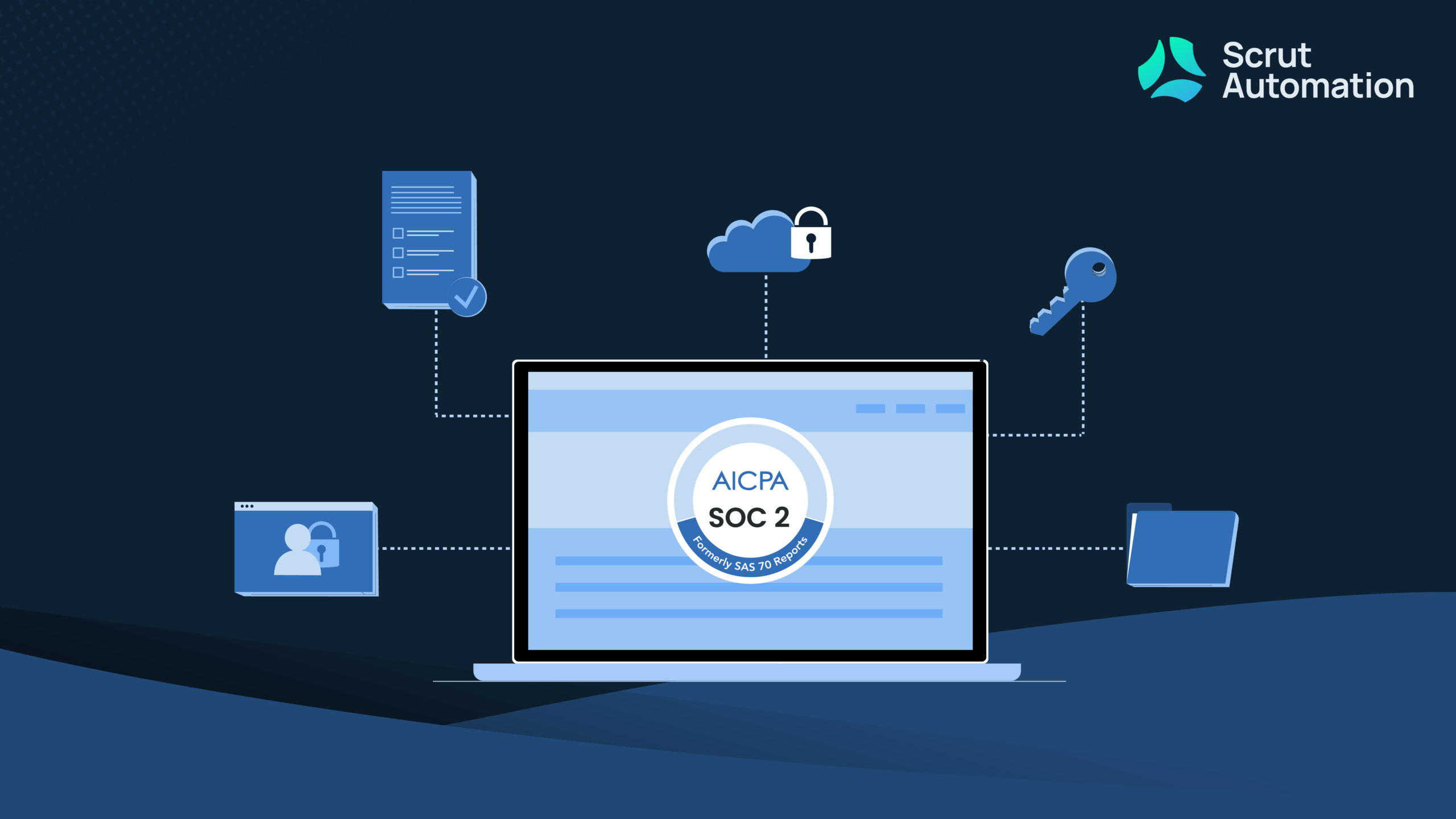If you’ve taken the step to pursue SOC 2 compliance, you’d already be aware of the criteria you need to satisfy to accomplish it. These principles are well-drafted, keeping in mind the questions your customers may pose.
Are you safe holding your clients’ data? Do you have the right security controls in place? How are you fighting against security breaches? These questions are generally the ones you get to hear because they center around the most important thing when handling data: security.
Besides security, other trust service principles can help you create a reputable image for your organization; however, they are optional. Every company has certain criteria which help them realize which security principles apply to their firm.
So, let’s find out what they are and what each of them includes before we dwell on how to satisfy them.
What is the SOC 2 Trust Service criteria?
No two organizations have the same procedure when it comes to SOC 2 compliance, which is one of the reasons why there can not be a uniform formula when it comes to choosing the trust service principles relevant to your company for the SOC 2 examination.
Your attestation criteria which are critical for SOC 2 compliance, are based on the trust principles you select. Thereby, your selected trust service criteria must be suitable and available to report users. The AICPA or American Institute of Certified Public Accountants has listed out certain attributes that can help you select suitable criteria for your firm. They are as follows:
- Relevance: The selected criteria must be relevant to the assigned subject ma
- Objectivity: There should not be any bias in the selection of principles
- Measurability: The principles should be responsible for measuring the subject matter, both qualitatively and quantitatively
- Completeness: The appointed criteria must not disregard any relevant factors that can impact the decision-making process of users
There are 5 Trust service principles, also known as sections in SOC 2 compliance control criteria, and are used to evaluate the relevant controls for information and systems. These principles are named:
- Security
- Availability
- Processing integrity
- Confidentiality
- Privacy
What does each service criteria include?
Whether or not you have to add one or more trust service principles to your attestation criteria depends on the user demands, legal requirements, as well as contractual requirements. To figure out the demand, you can first determine what each trust service principle includes in detail and assess accordingly.
1. Security
The recent and not-so-recent security breaches at Facebook, Microsoft, etc., have constantly served us reminders that no organization, no matter how secure, is immune from potential data breaches. This is why as a SaaS seller or provider, all you can do is effectively implement useful data security systems and put internal controls in place to prevent these threats.
Now comes the big guns: your customers! They are the primary reason why the Security Trust Service Principle is needed since they need evidence of these proper security systems before they can believe you and sign any deal.
‘Security’ implicates data protection during creation, gathering, storage, processing, use, and transmission. There are certain set criteria under security that determine how you audit and evaluate your security system’s effectiveness for protecting user data.
The criteria tested as part of this trust service principle are defined as the common criteria. It is mandatory to include security TSC for all SOC 2 reports.
2. Availability
This criterion is critically needed for cloud service providers who provide cloud computing or cloud data storage services since their clients want to access data during operation. Most of your clients will require you to add on the availability criteria in a SOC 2 report so that they can be assured of minimal service disruption.
This availability trust service principle largely refers to the accessibility of resources and data applicable to your systems. It also includes the services and products you provide to clients. It is responsible for assuring the clients that you will reach the required performance levels to meet their needs.
The minimum acceptable performance levels are not decided beforehand; instead, it is upon the service providers and intended users to agree on a set required level. That said, it does, however, require your systems to have the proper controls in place to allow accessibility for monitoring, operations, and maintenance.
3. Processing Integrity
Processing integrity is a crucial trust principle, especially when financial fraud such as Authorised Push Payment (APP) fraud is more evident than ever these days. If you are someone who deals in financial reporting services or eCommerce, then most of your customers will require you to add this Trust Service Principle in your SOC 2 report as evidence to showcase that your transaction processing is accurate.
For instance, if your firm provides a financial application, you need to make sure your system processing is valid, timely, complete, correct, and fully authorized to meet the set standards.
Therefore, it can be said that processing integrity helps in evaluating the security systems to decide if they perform the intended functions in an acceptable way that is free from any error, omission, and/or accidental manipulation.
4. Privacy
Privacy is an irreplaceable component in building trust with your clients. As far as SOC 2 compliance is concerned, the privacy principle refers to how your organization gathers, stores, uses, preserves, reveals, and disposes of critical personal information. It deals with personal information only, unlike confidentiality which we’ll learn soon.
Following are the areas around which privacy criteria is assessed:
- Providing notices of objectives: If you send privacy notices to users, customers, and anyone who engages in your data collection.
- Choice of consent: Whether you communicate about the choices of collection, use, retention, disclosure, and disposal of personal information to individuals.
- Collection: Only personal information that is in line with the privacy policy.
- Limiting the Usage: Setting limits for the use, retention, and disposal of personal information.
- Access: If or not you provide your users and customers access to their personal information for review, correction, or updates.
- Disclosure and notification: You should disclose personal information collected from the users only with their consent. You must also provide mandatory breach notification to all the affected parties.
- Quality: Your company should only collect accurate, up-to-date, complete, and relevant personal information.
- Monitoring and enforcement: This means that there should be monitoring compliance for privacy policies, including a segment for users and customers to address privacy-related inquiries, complaints, and disputes.
5. Confidentiality
The confidentiality trust service principle is applicable to service organizations that store and collect confidential information. Confidential information can include various types of sensitive data ranging from financial reports, passwords, and lists of potential customers to business strategies, customer data, and other intellectual property.
Adding the principle to your organization’s SOC 2 report means showcasing the ability of your company to safeguard the collected confidential information through every phase. These phases range from collection to disposal.
Examples of controls to satisfy the common criteria-security TSC
Here are certain examples using which you can satisfy the attestation of trust service principles during the SOC 2 compliance procedure. These are especially important if you are starting off with the Security TSP, which is a common criterion, to begin with.
1. Maintaining password security
You can achieve compliance with these criteria only if you have readily enforced the use of a password manager. It solves many questions that clients ask, like How safe are their passwords? Or are your employees following the password policies? Do you have any valid password policies?
2. Security awareness training
Training your employees and new hires about the proper security protocols, do’s and dont’s is very important, and so is proving that you have. The security awareness training will come in handy during the SOC 2 compliance process where your employees are also questioned. Compliance requires you to prove that you have consistent policies in place and that your employees have learned them and follow them.
3. Employee resigning controls
SOC 2 audits are very thorough in their compliance research, and they also take into regard whether or not you have controls in place to prevent security breaches once your employee who was responsible for undertaking internal controls leaves the company.
You must ensure that there are programs in place to prevent this situation in case you don’t yet.
4. Physical access controls
Controls like door locks, employee ID card requirements and security gates come under physical security controls since they have the power and responsibility to prevent potential unauthorized access to the company’s data.
Frequently Asked Questions (FAQs)
All the trust service principles, except Security, are optional. Security, also known as the common criteria, is mandatory and must be included in the SOC 2 audit. You can select the additional TSPs based on your company’s objectives, relevancy, measurability, and completeness.
You do not need to include all trust service principles during attestation, and if a client asks you to, chances are he/she/they are unaware of what they want. In such circumstances, you may be required to explain each criterion to them in detail so that they can measure if it is really necessary or not.
Here’s how you should decide the right service criteria for your business
As has been mentioned in this article, trust service criteria must be selected on the basis of relevancy, objectivity, measurability, and completeness. However, since there are so many trust principles and categories to consider, it can be challenging to pick the criteria or criteria that are applicable to your profile.
This is where Scrut comes into the picture. Scrut Automation is a one-stop shop for compliance. Our software provides the fastest solution for achieving and maintaining SOC 2 compliance, making it an ideal choice for busy startups. Schedule your demo today to see how it works.
